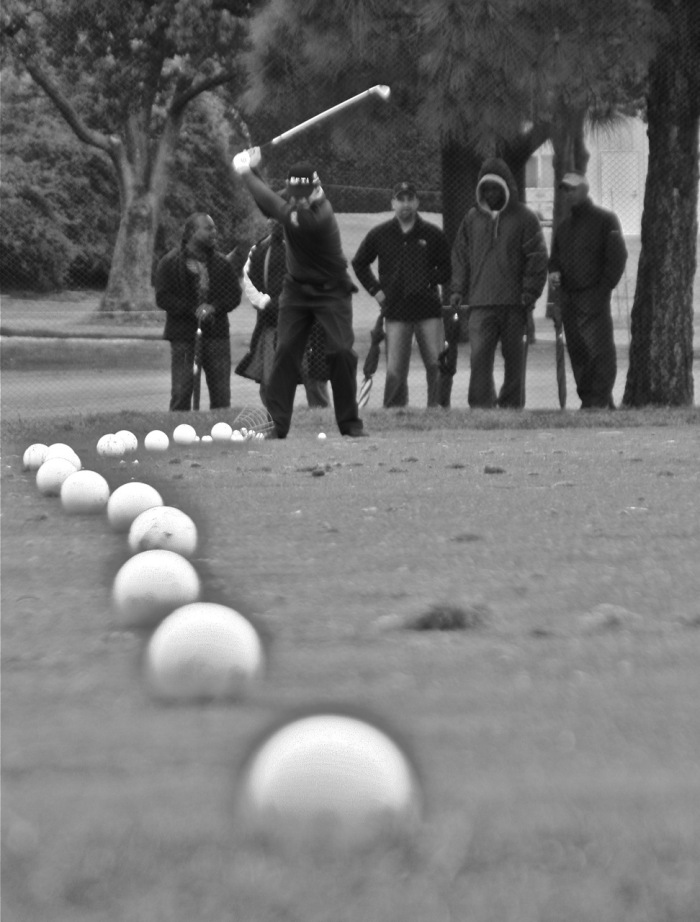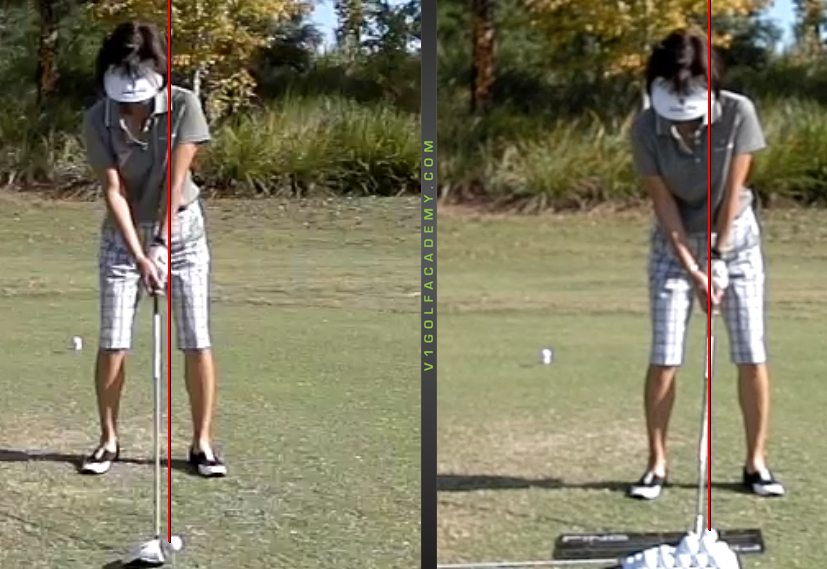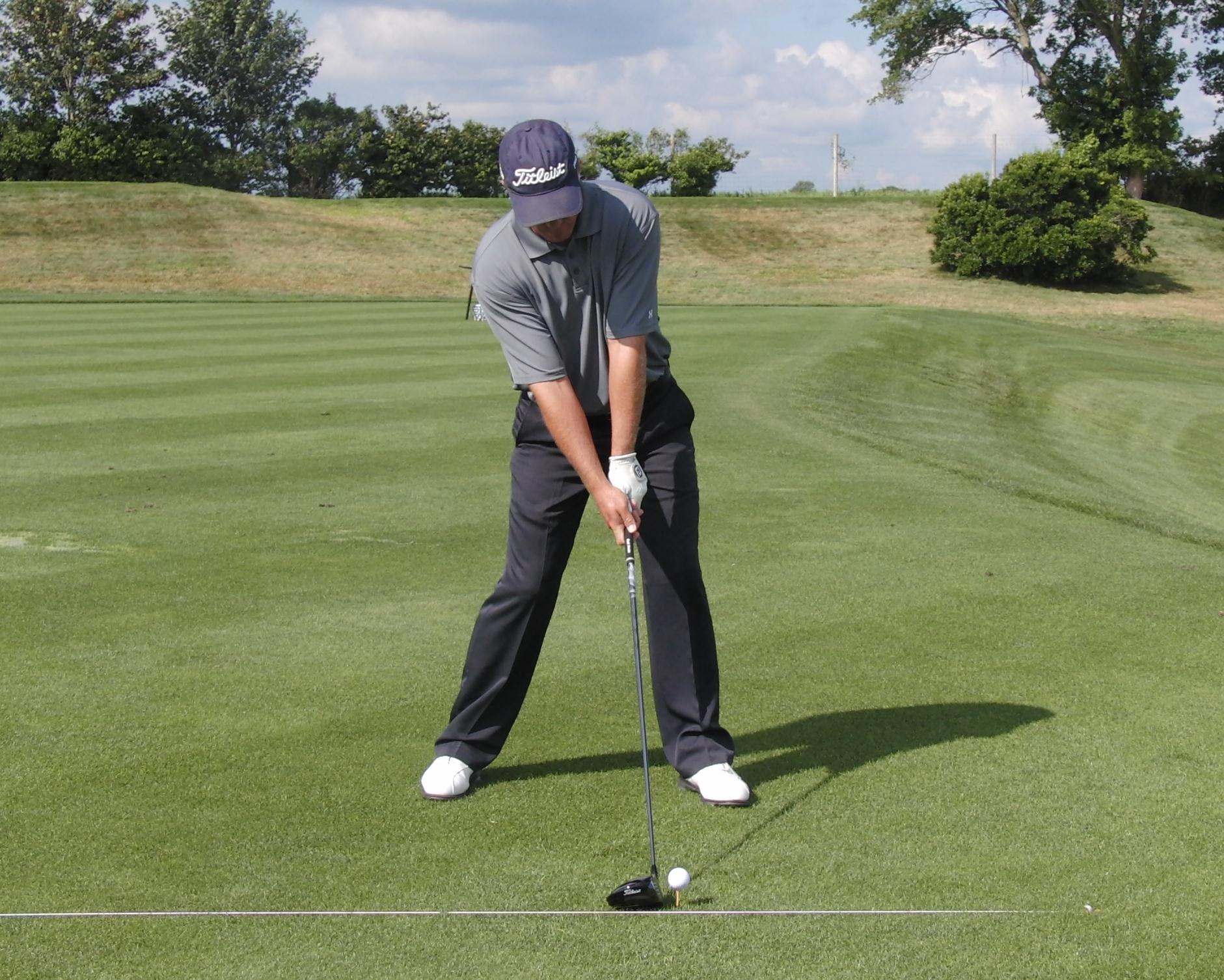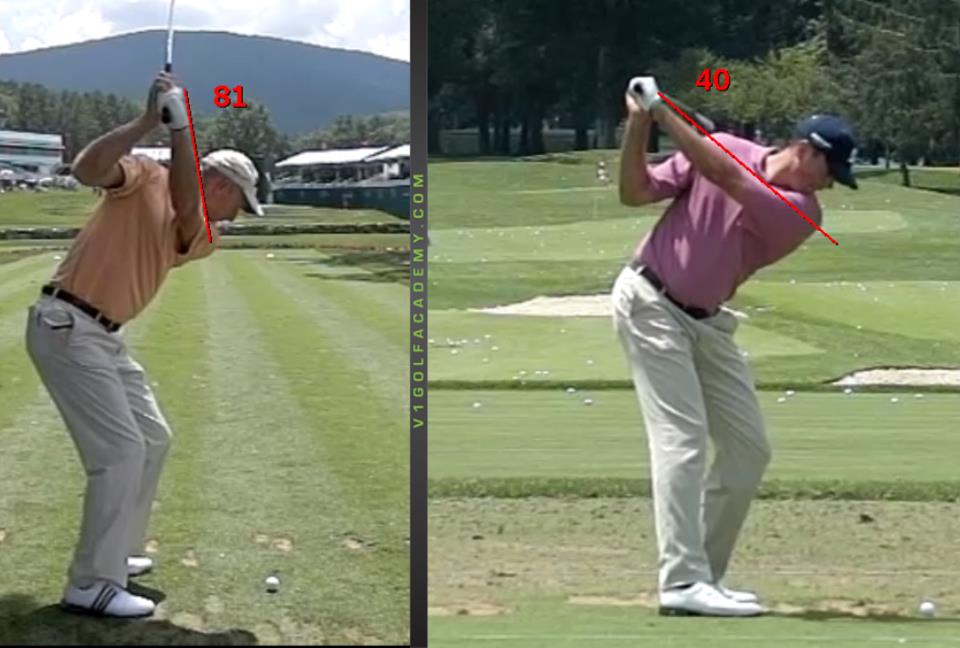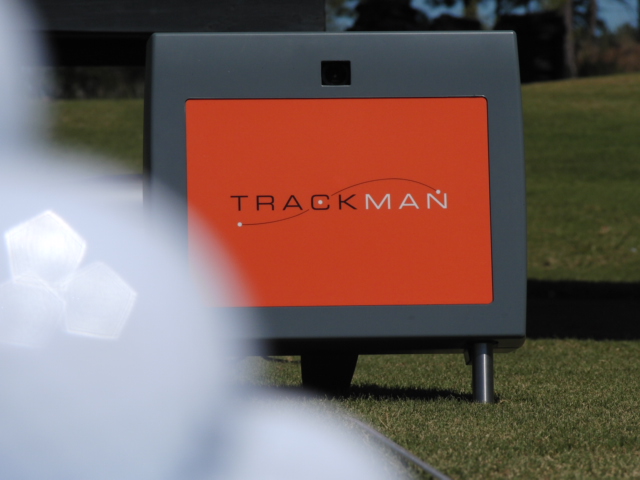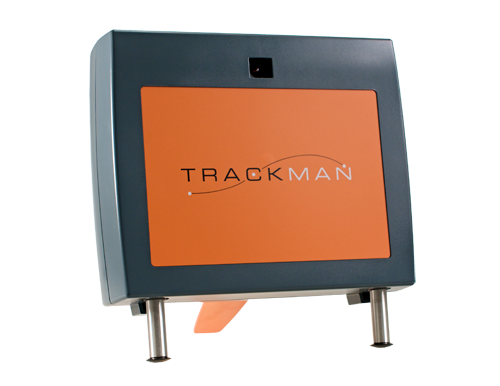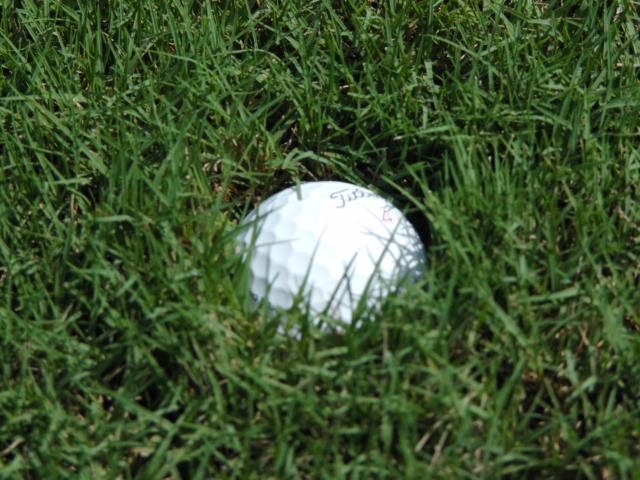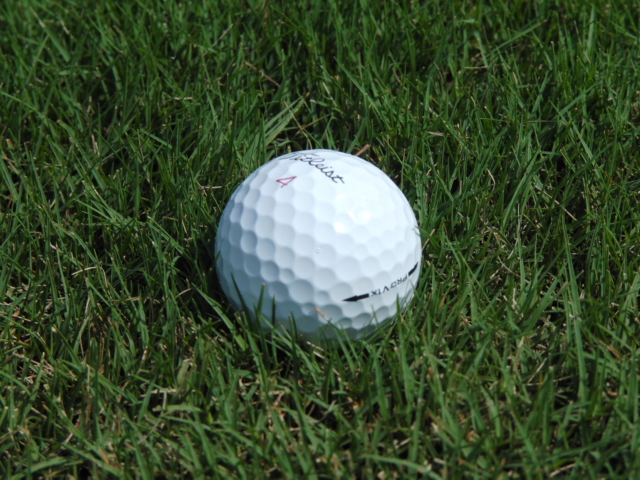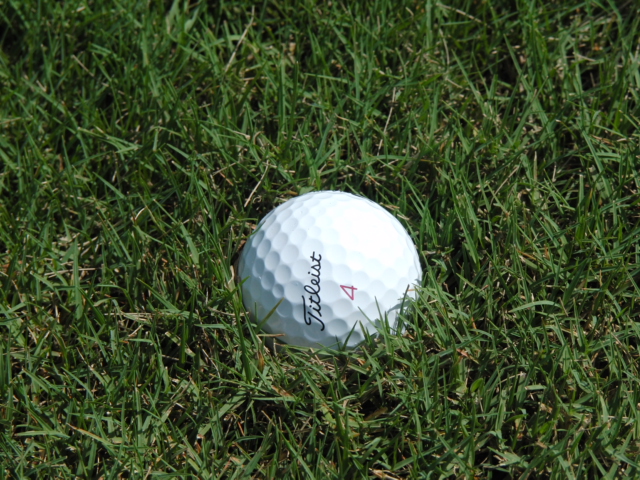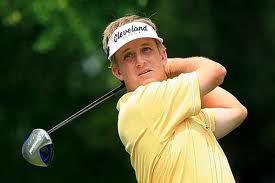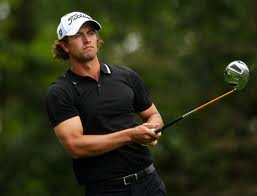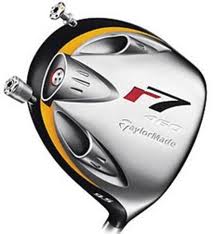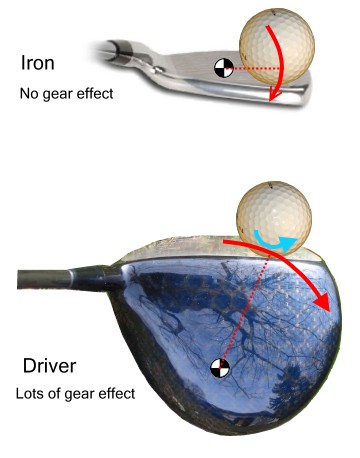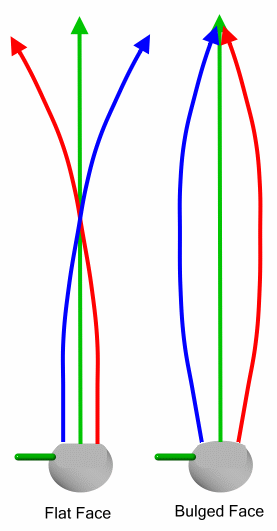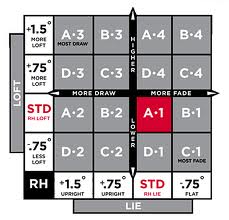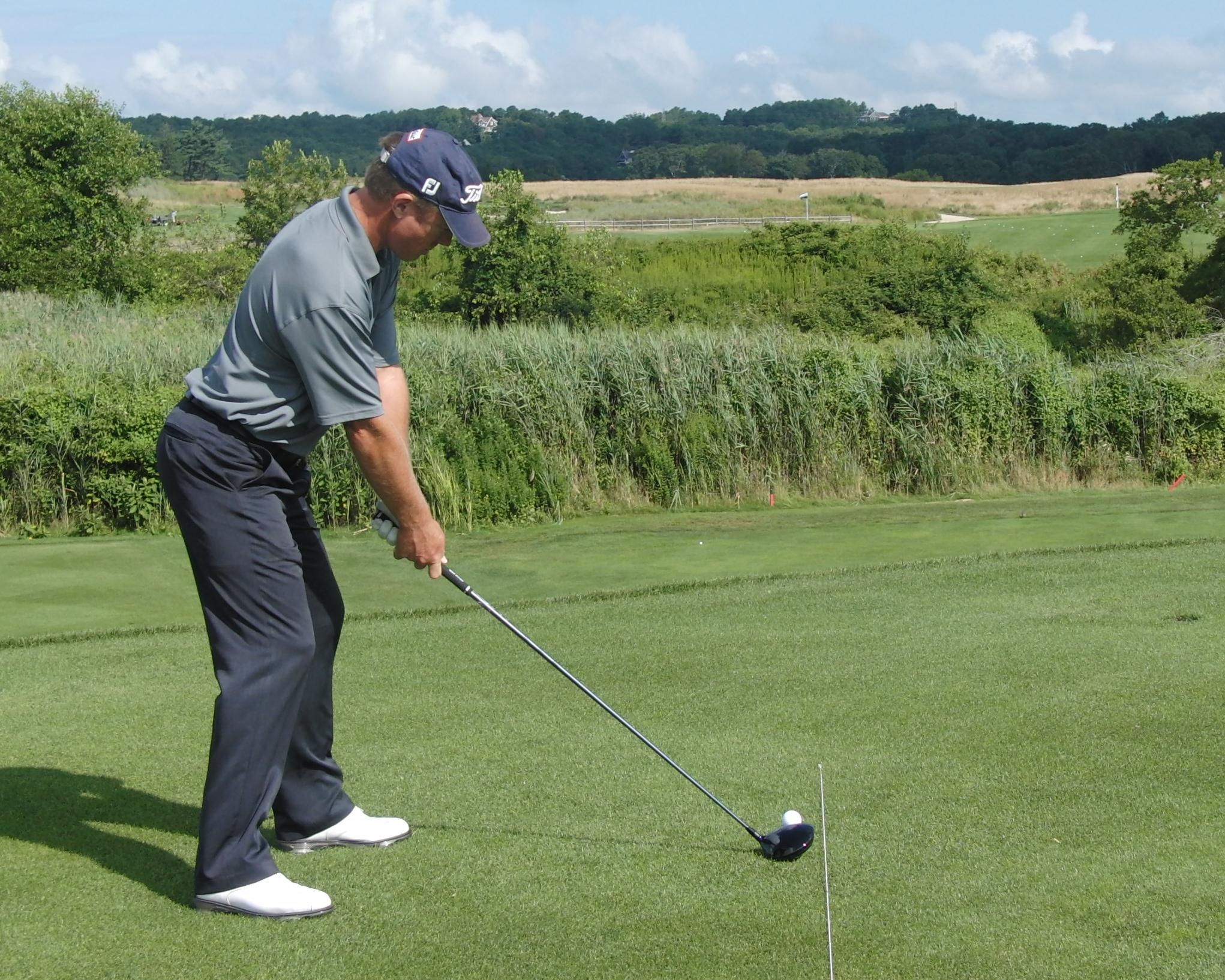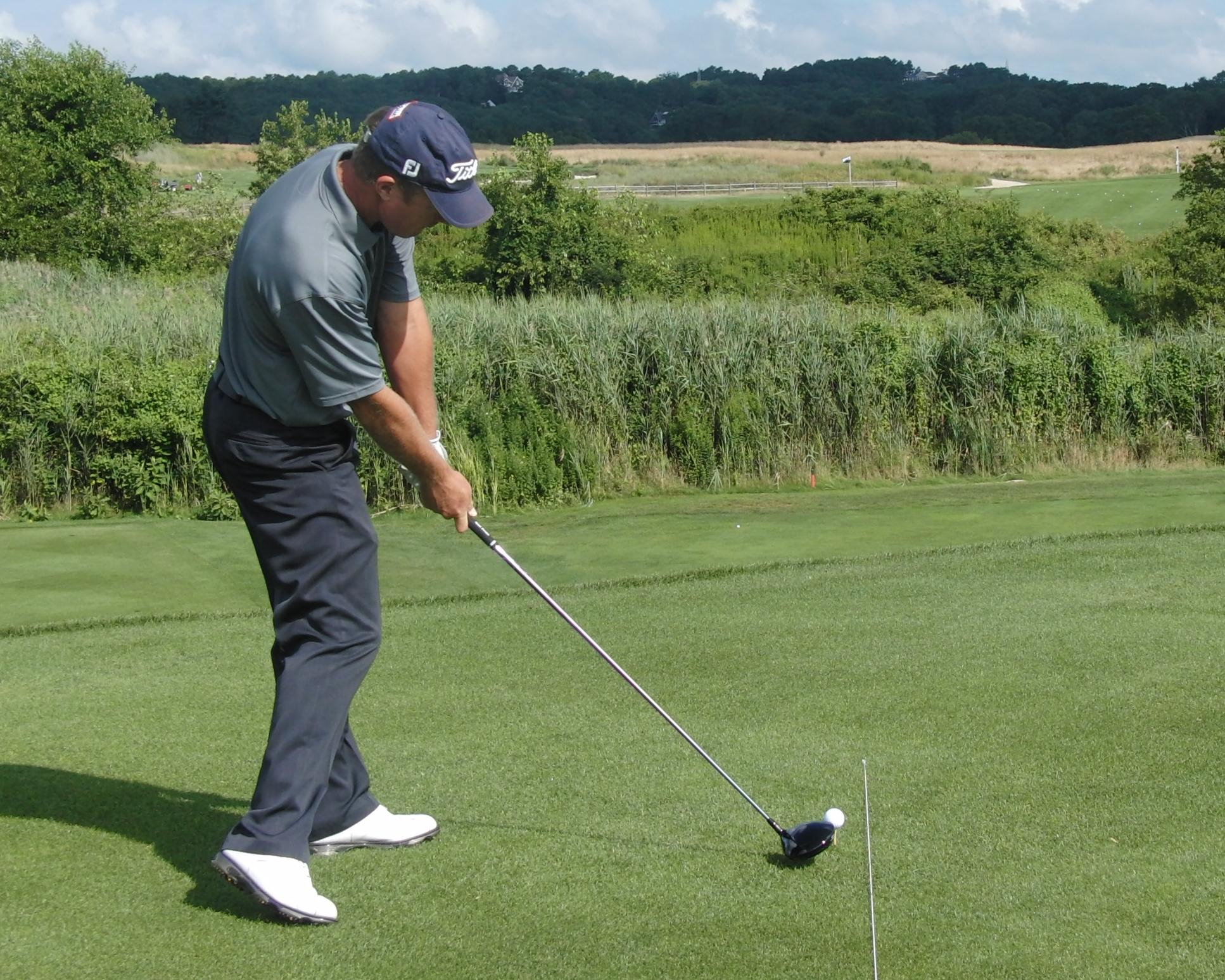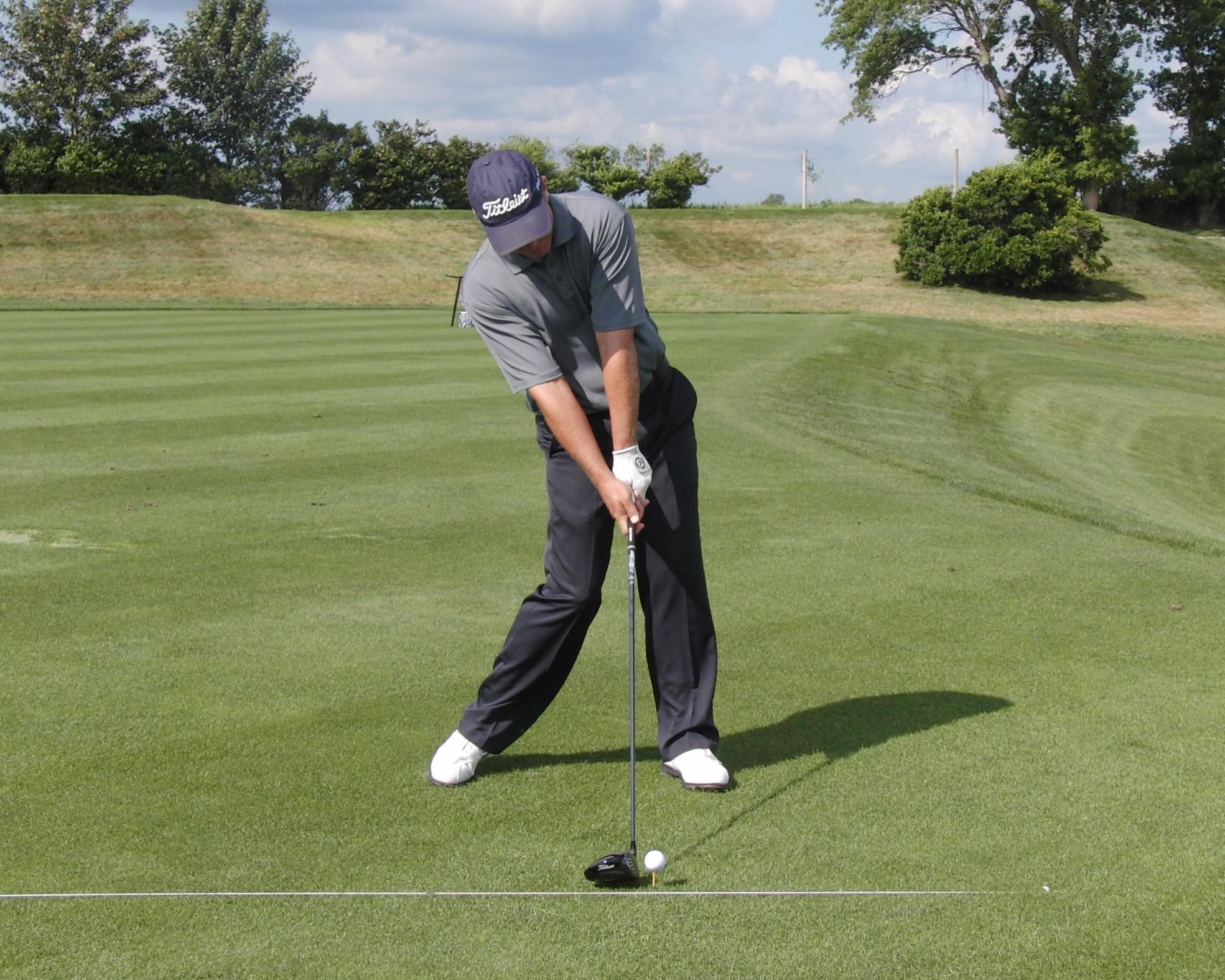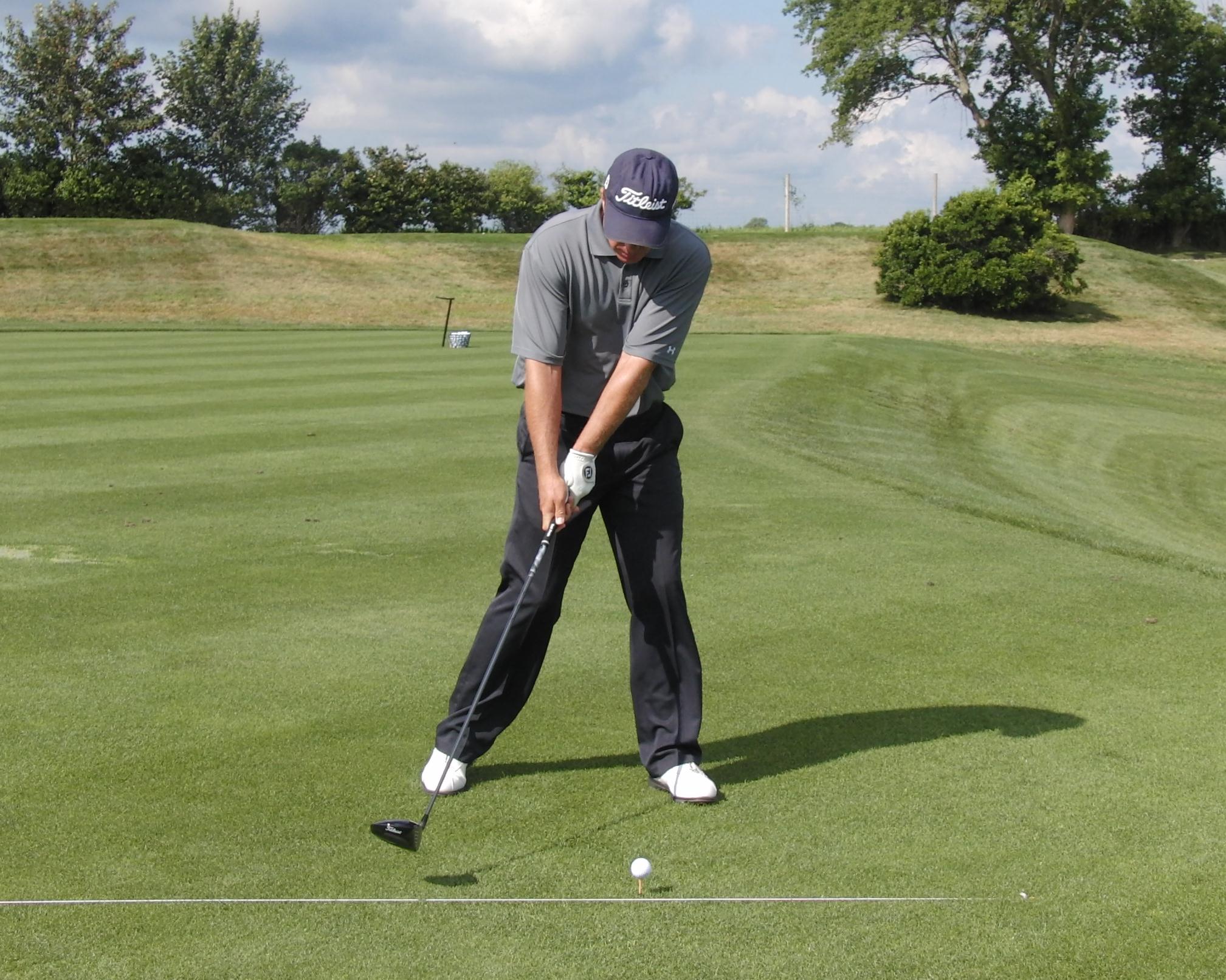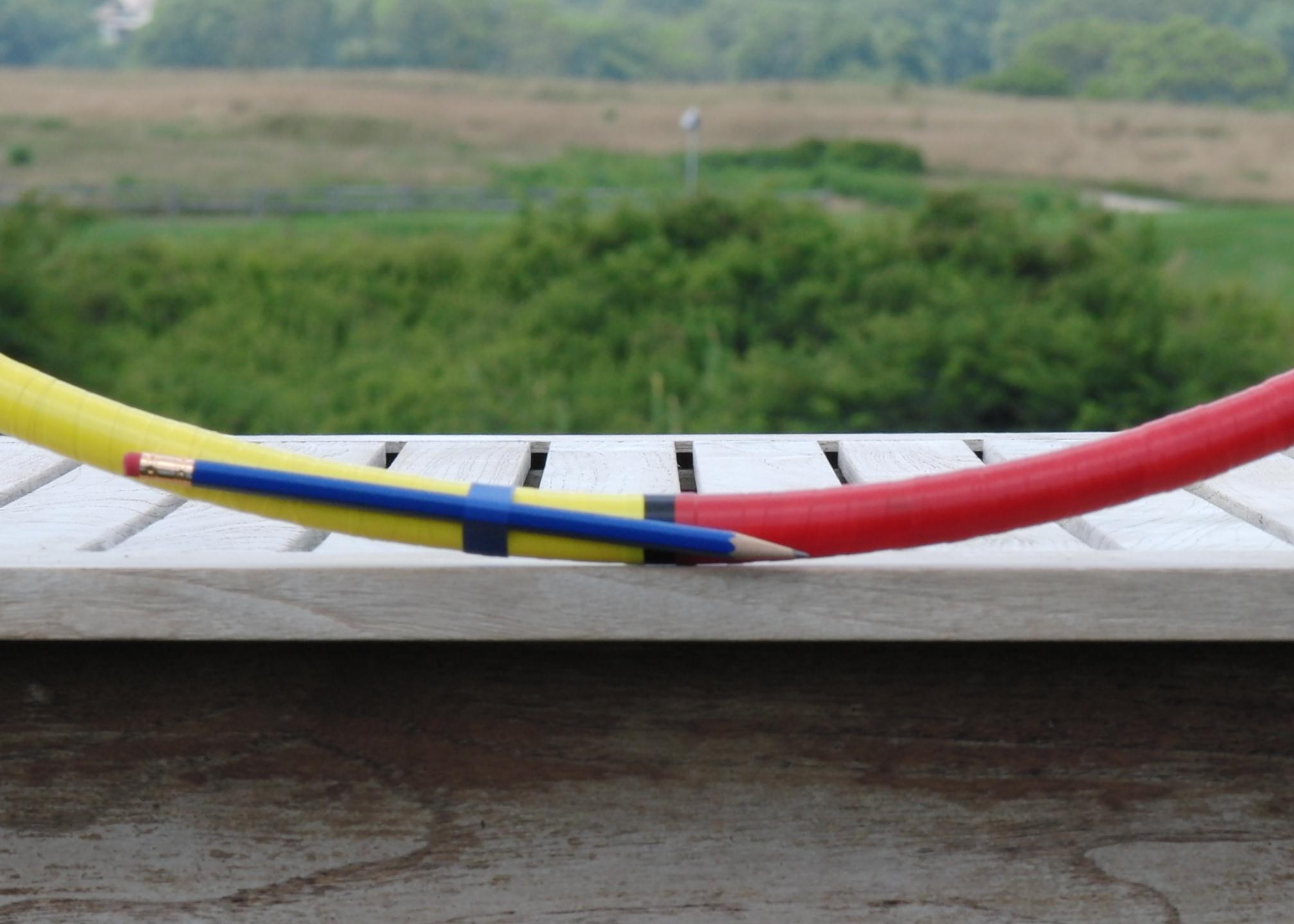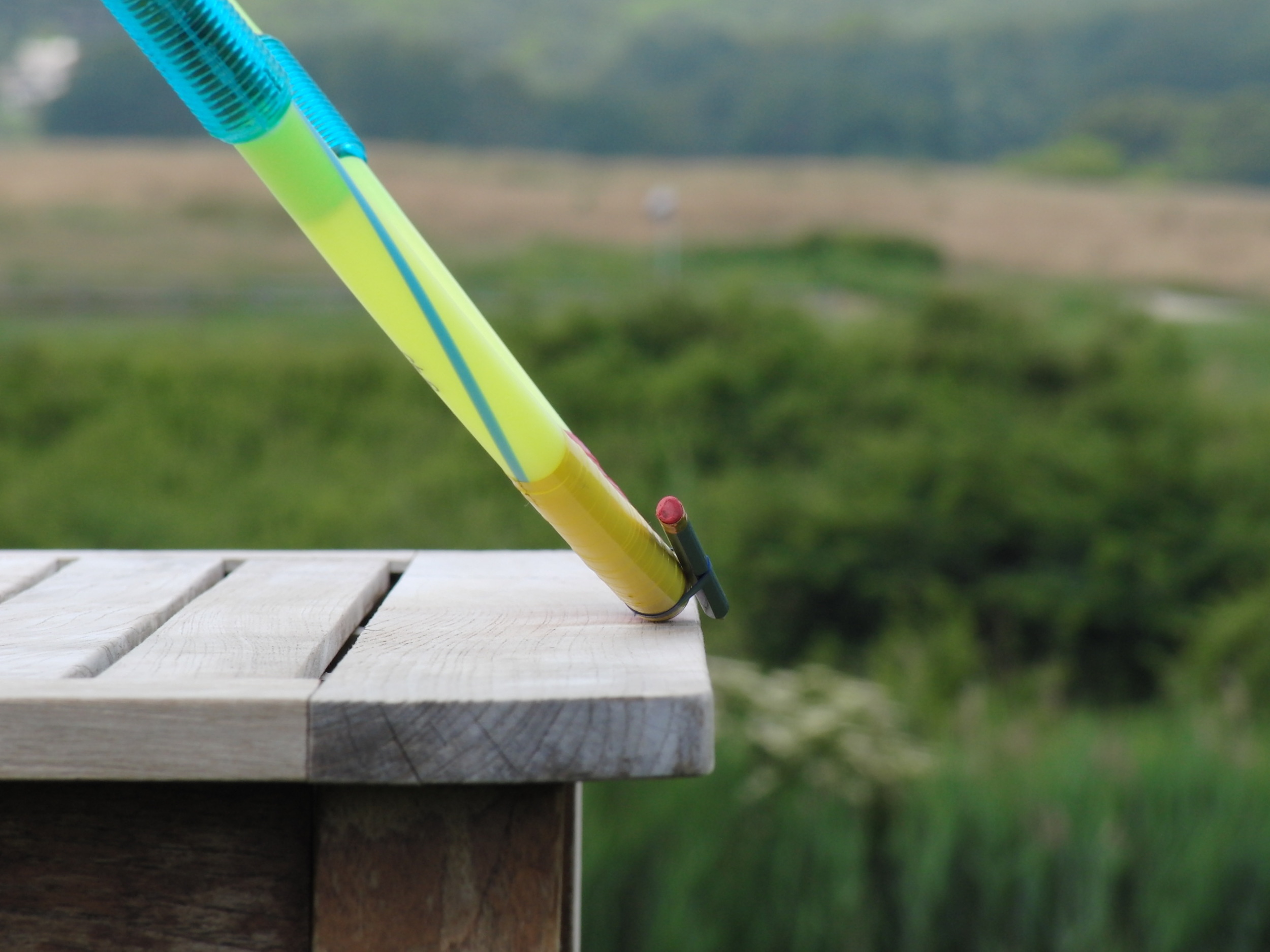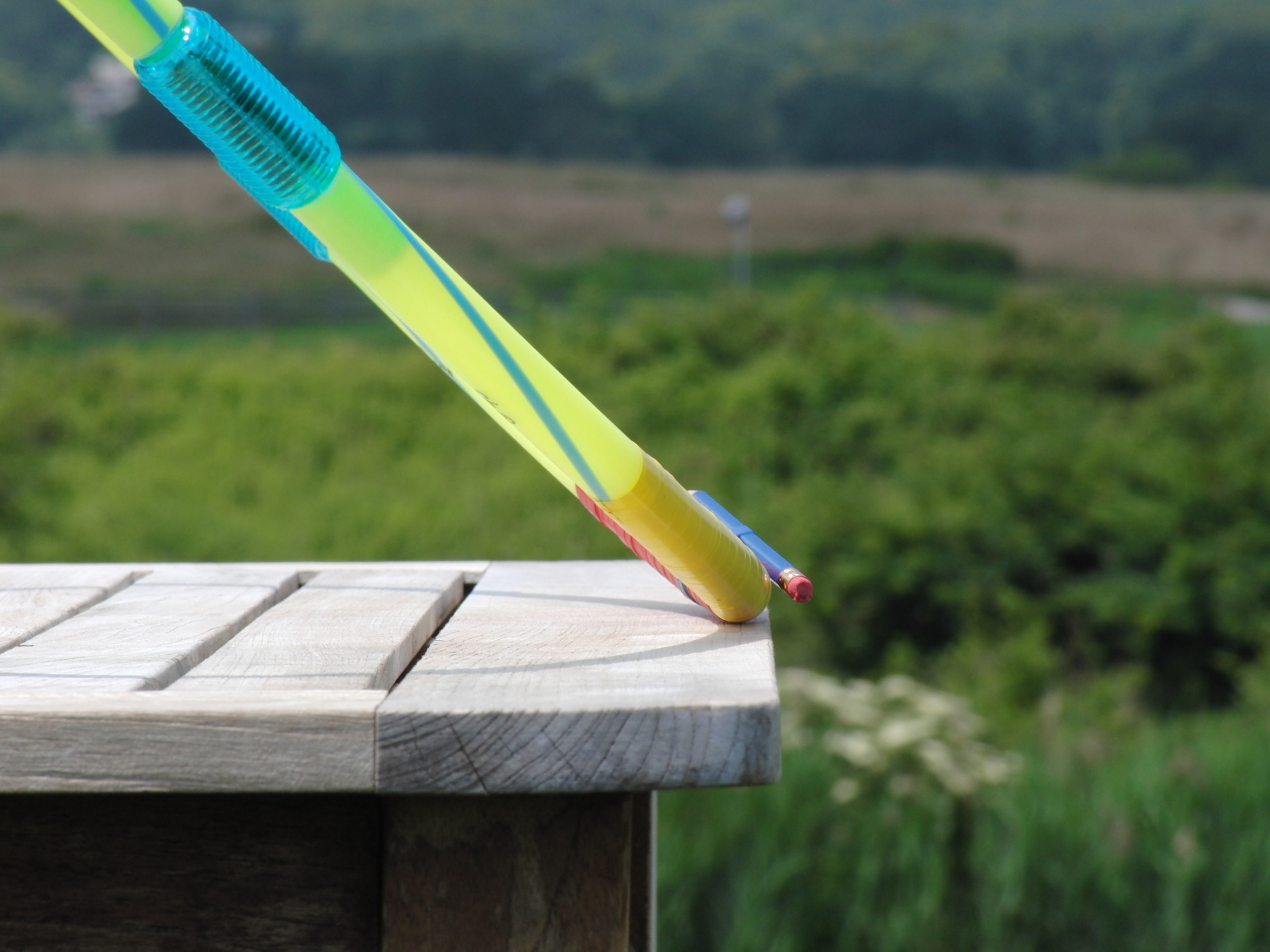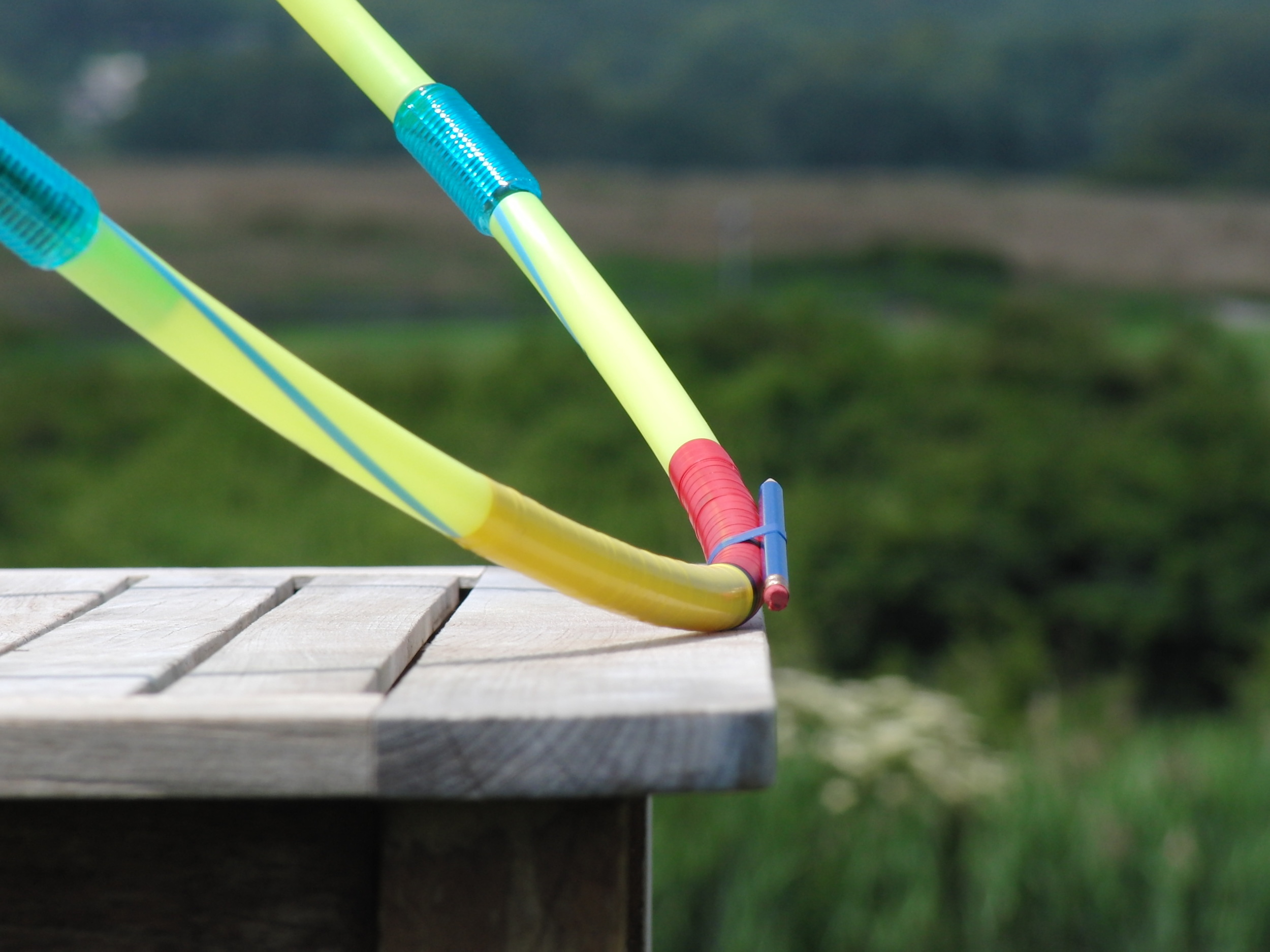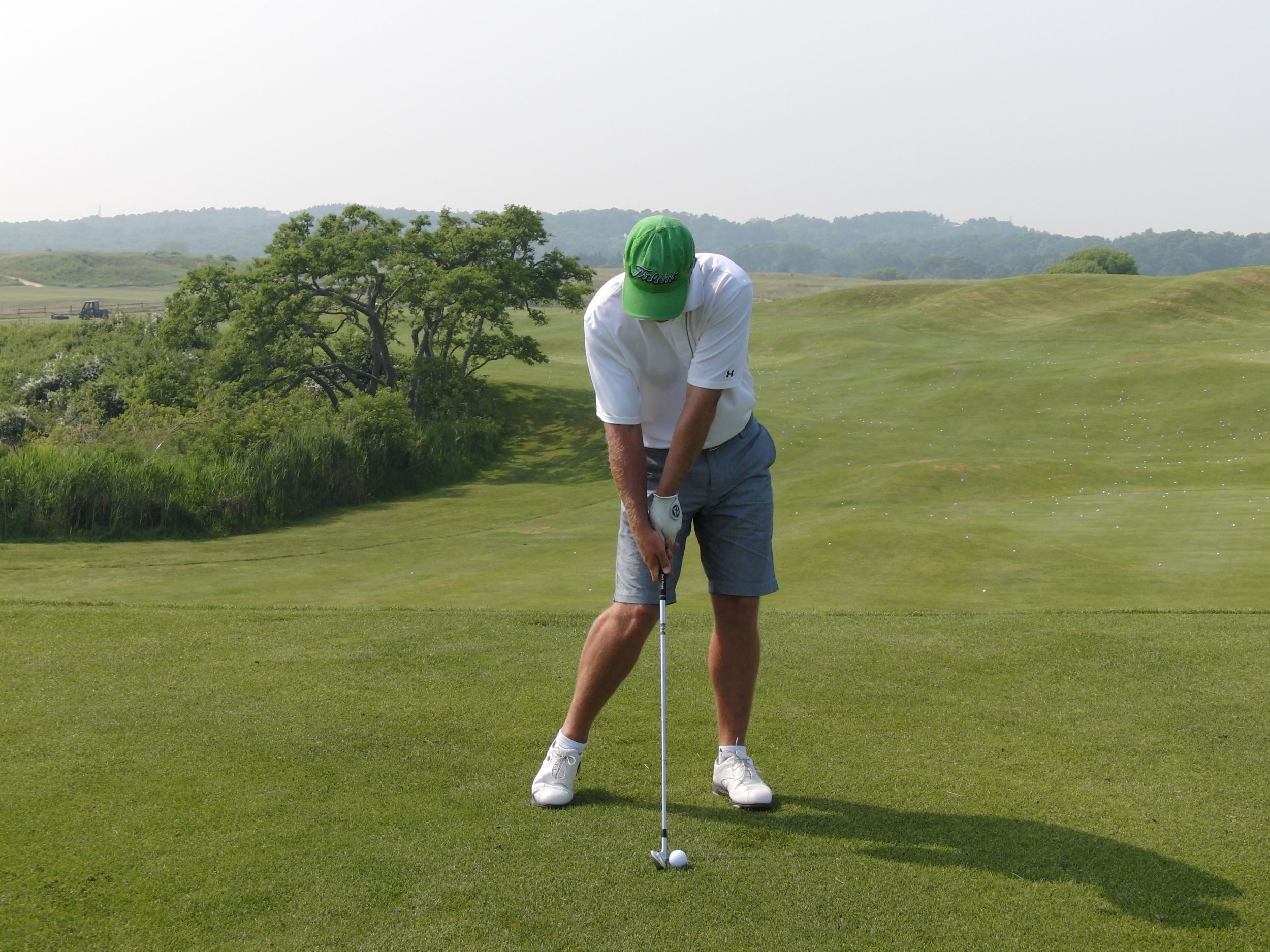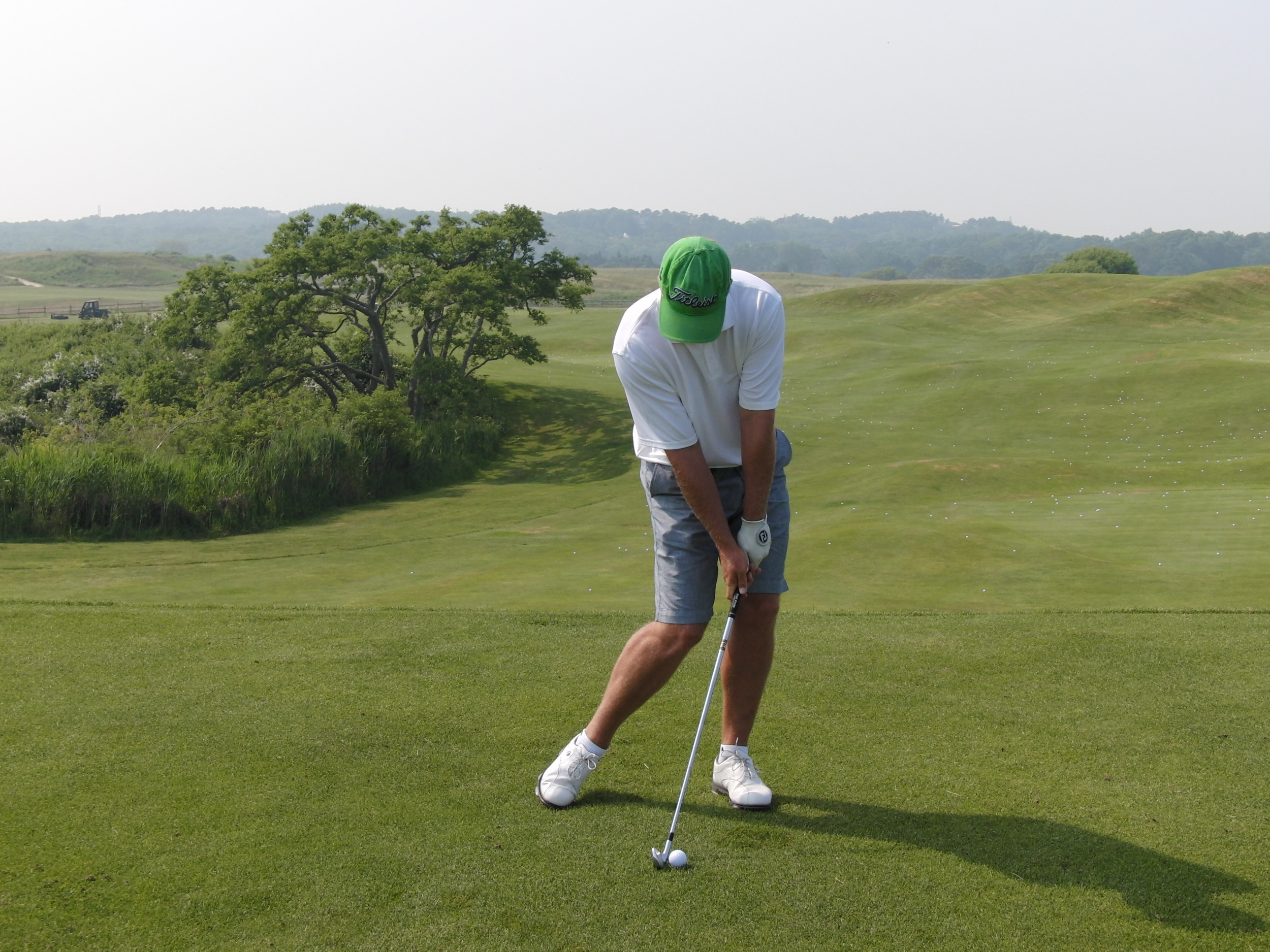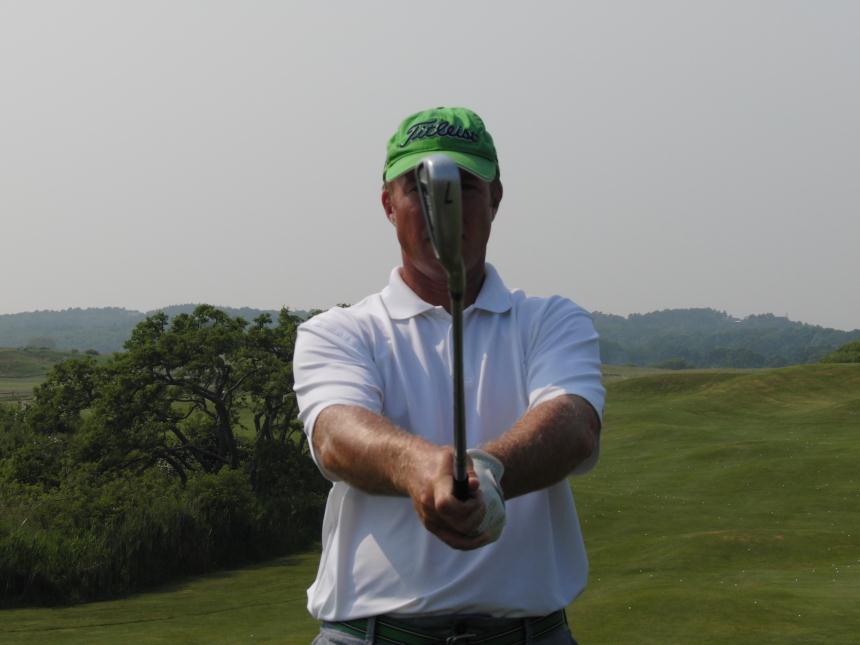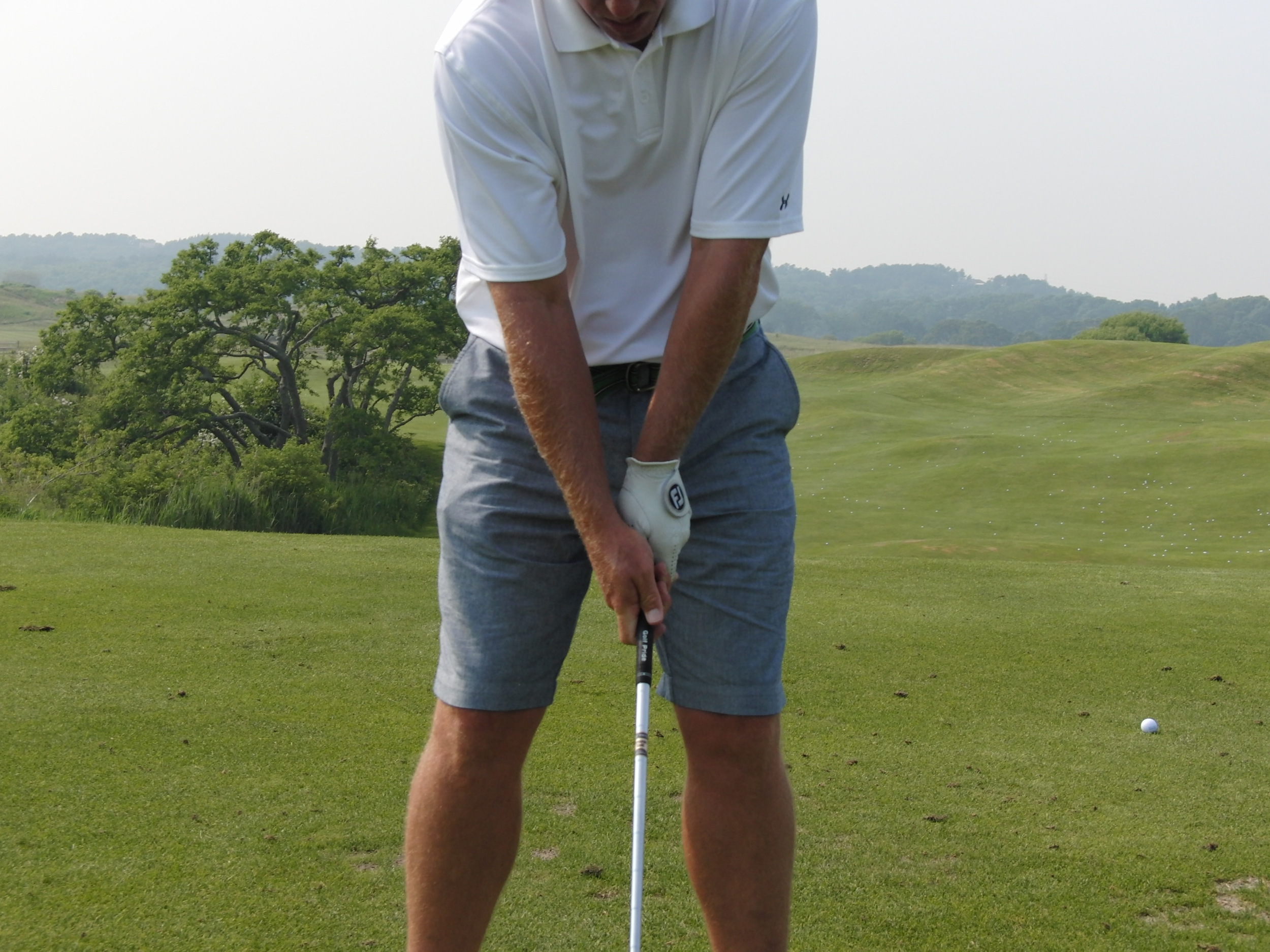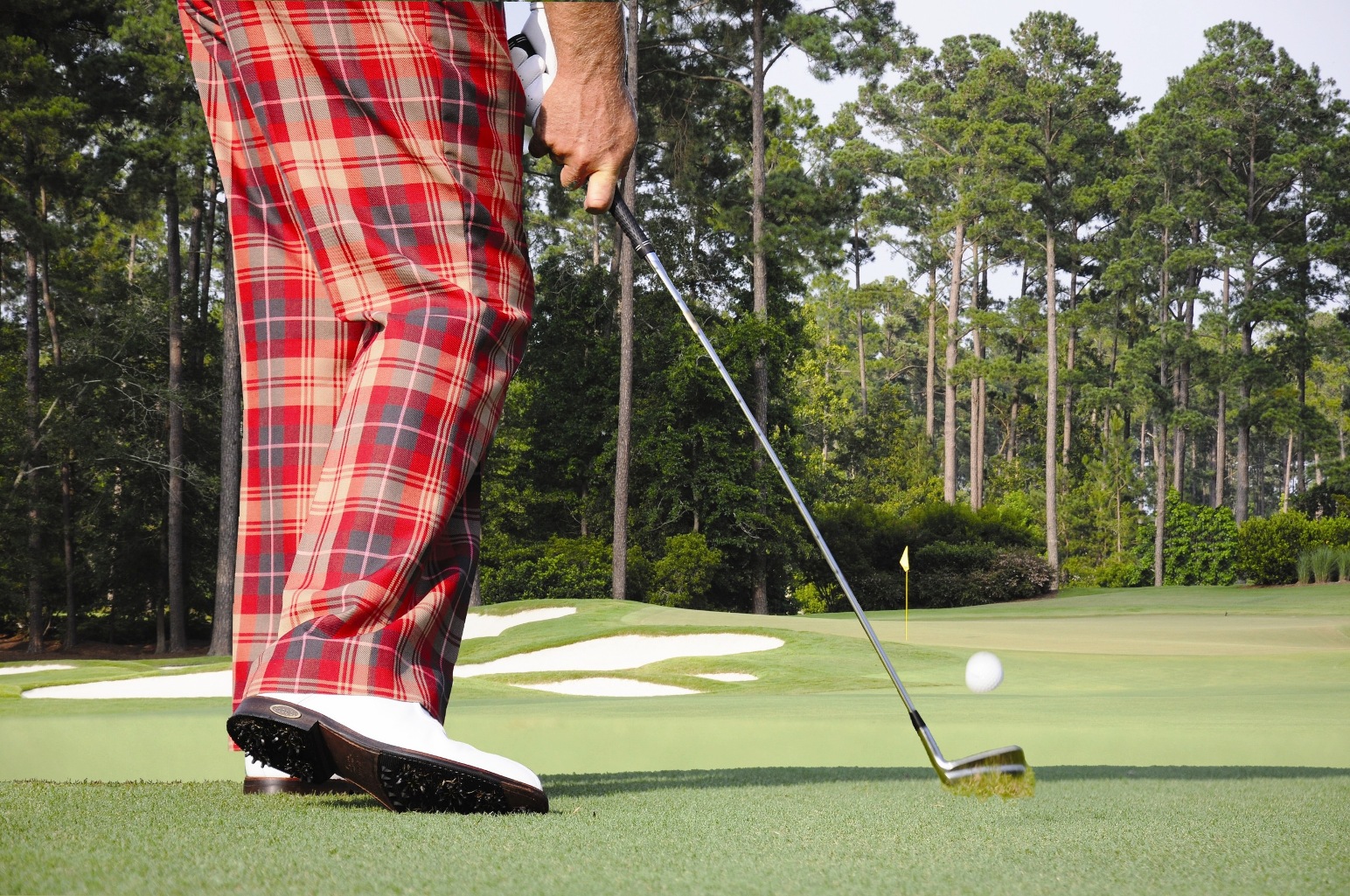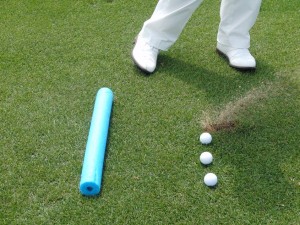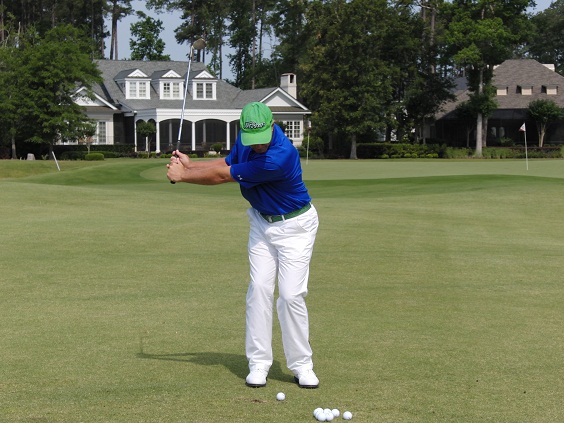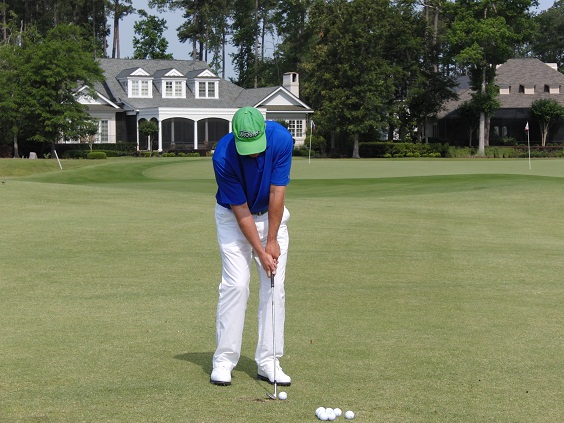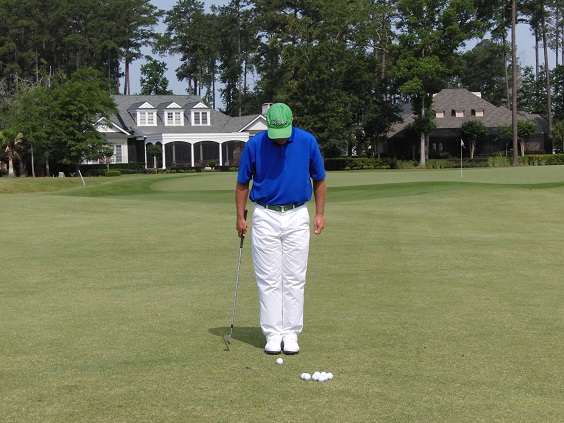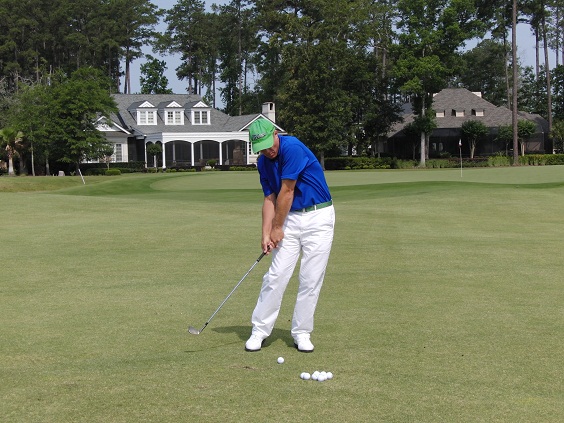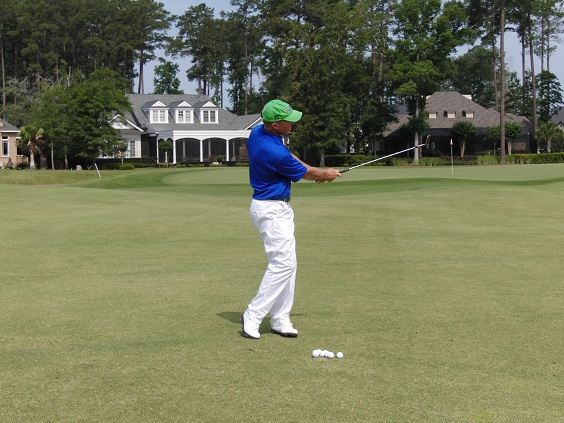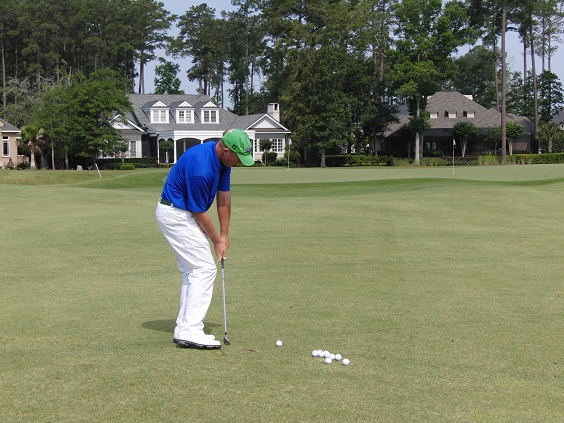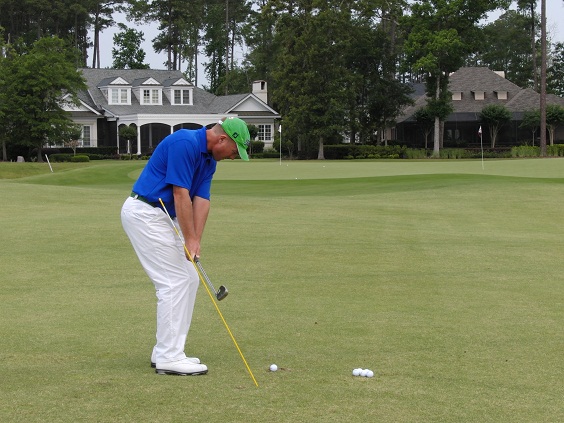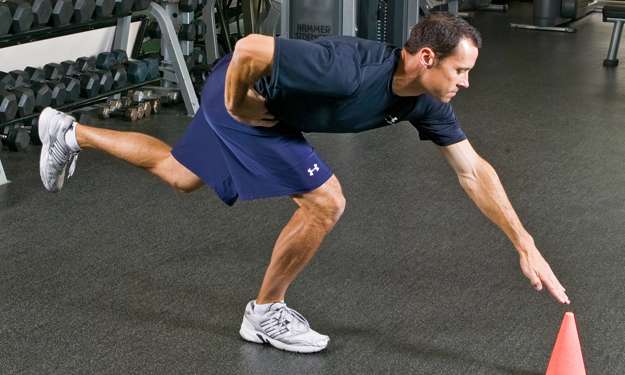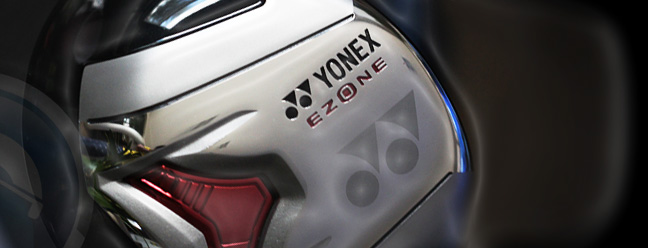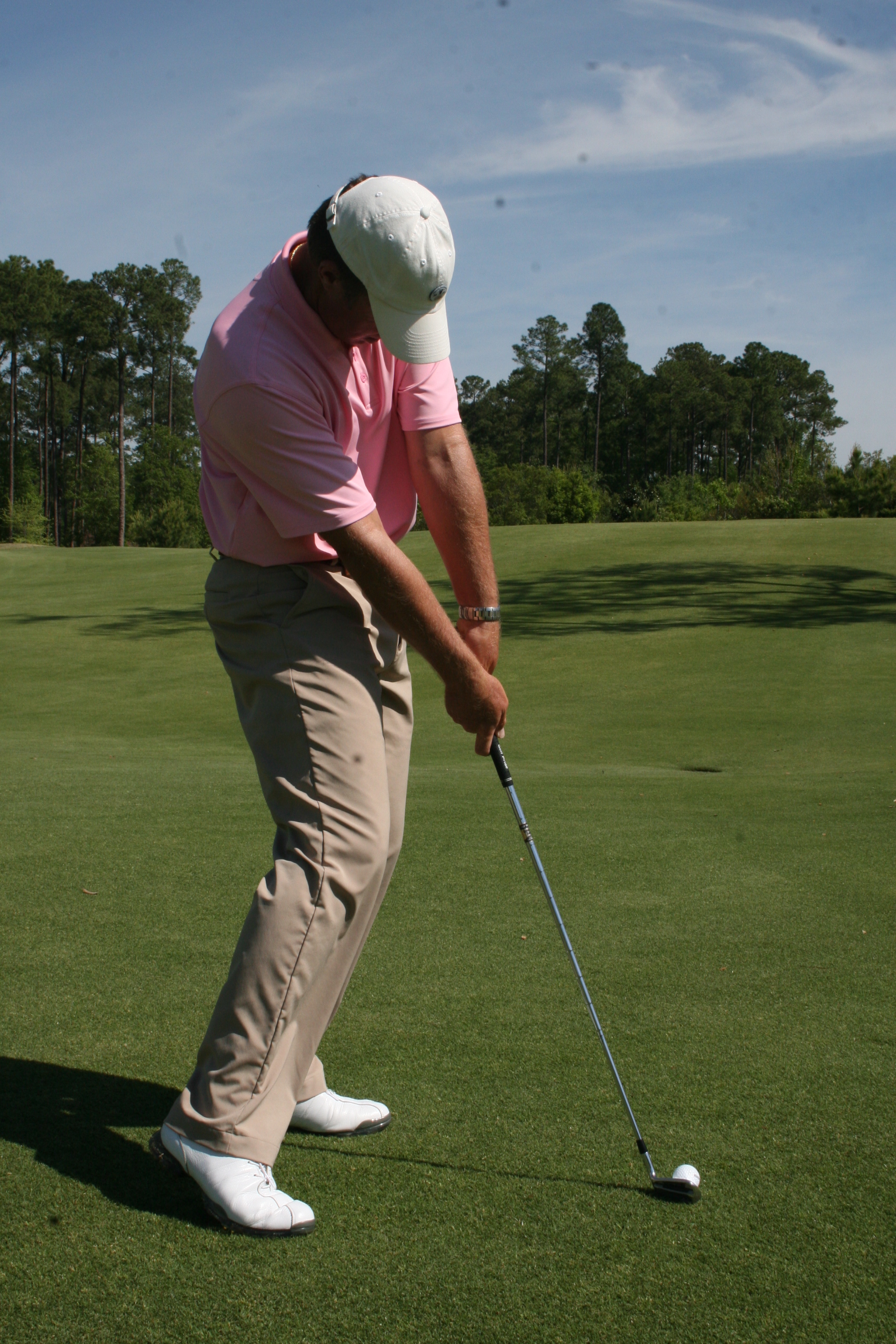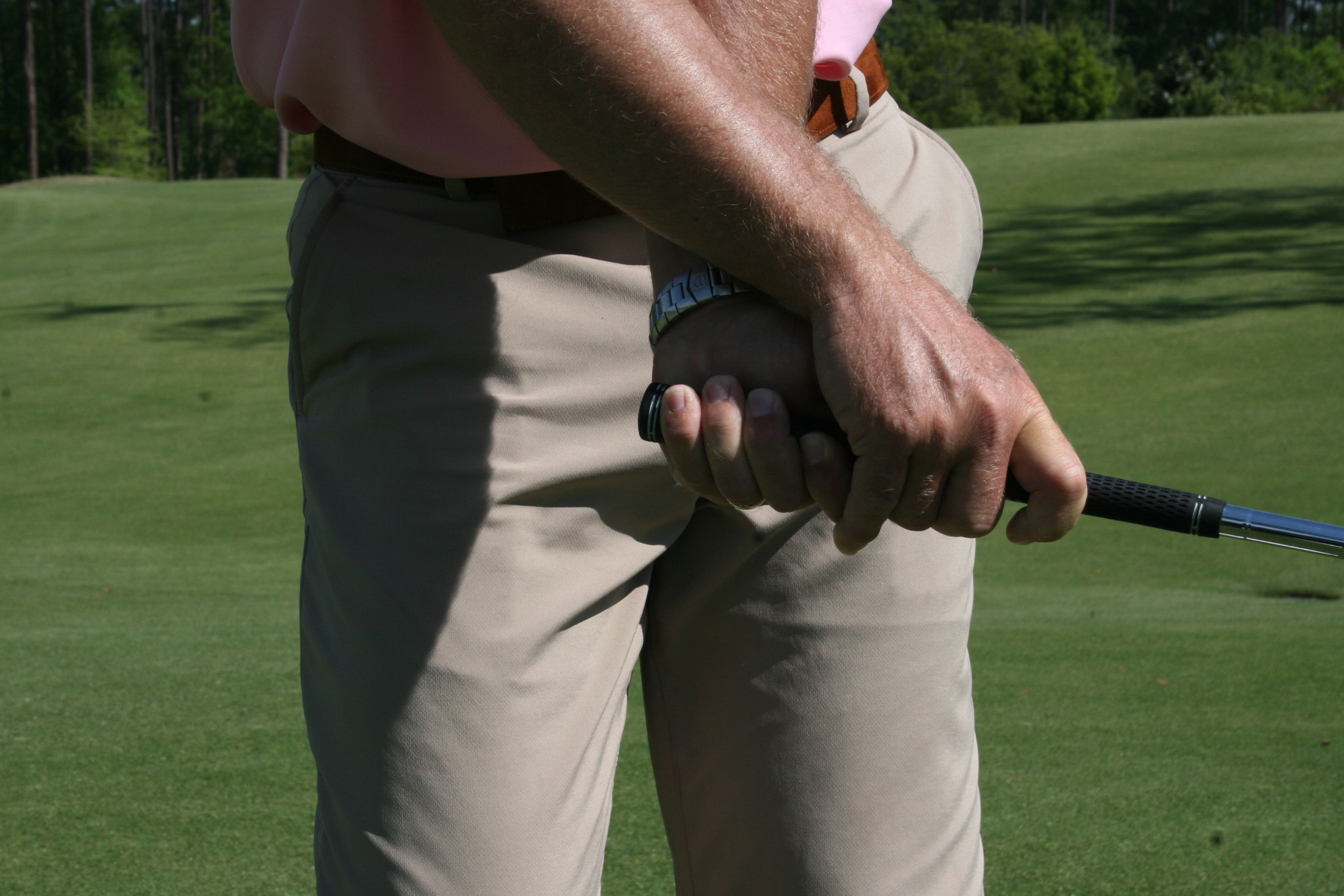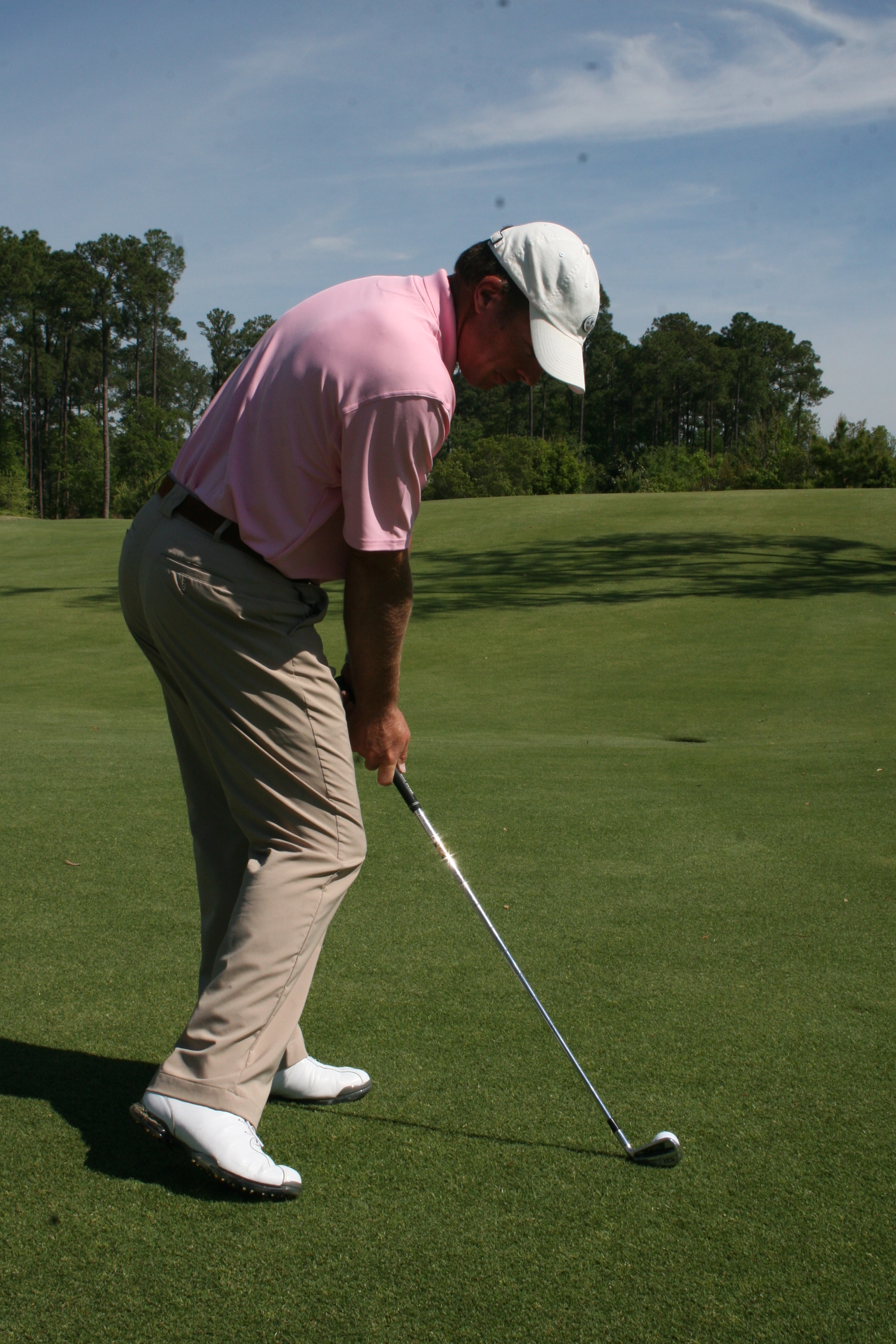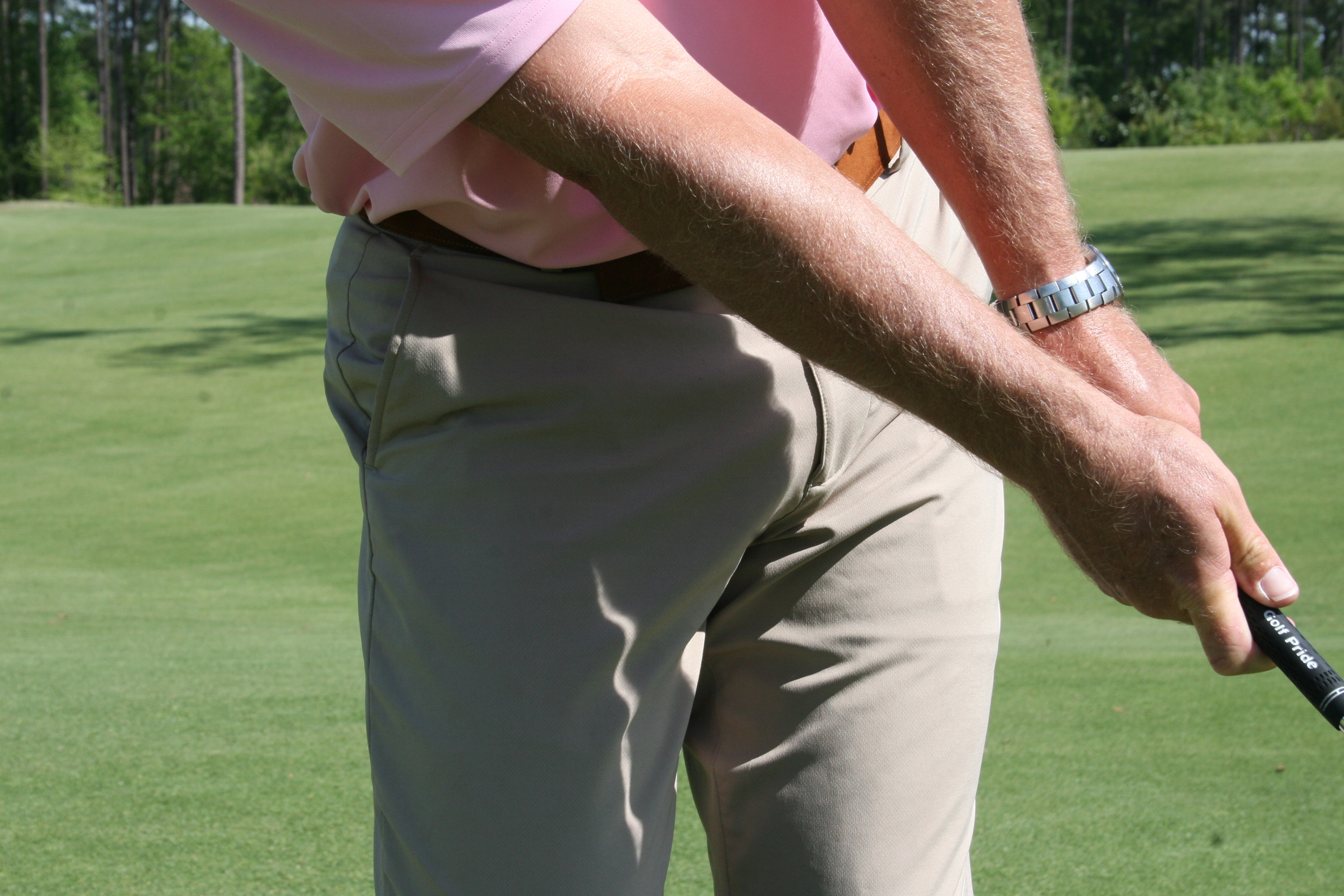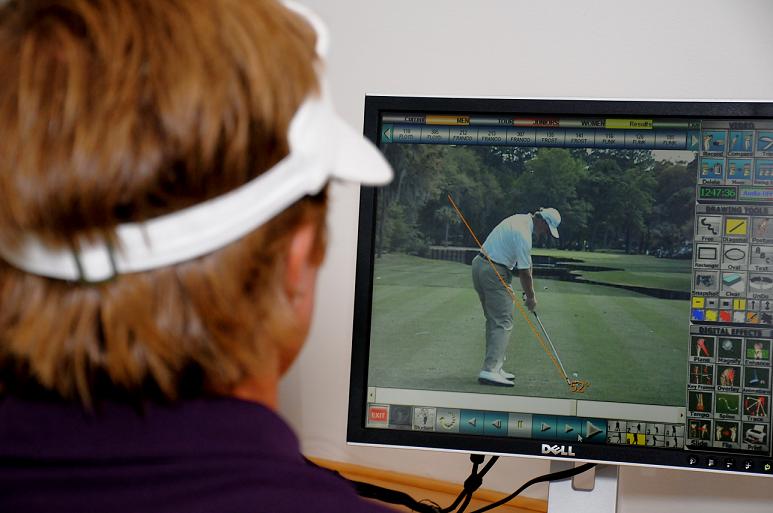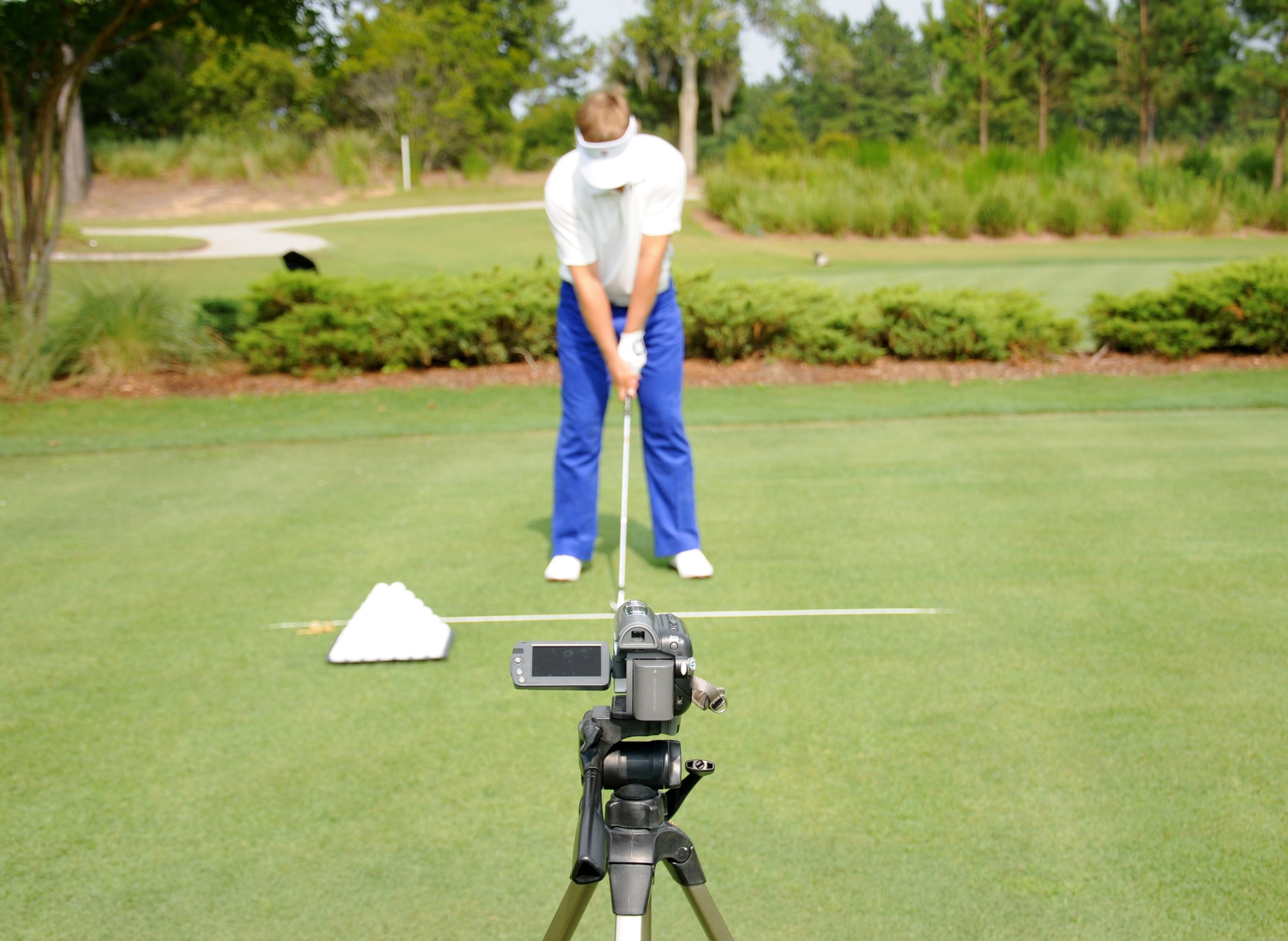Sixty Minutes of Quality Practice
/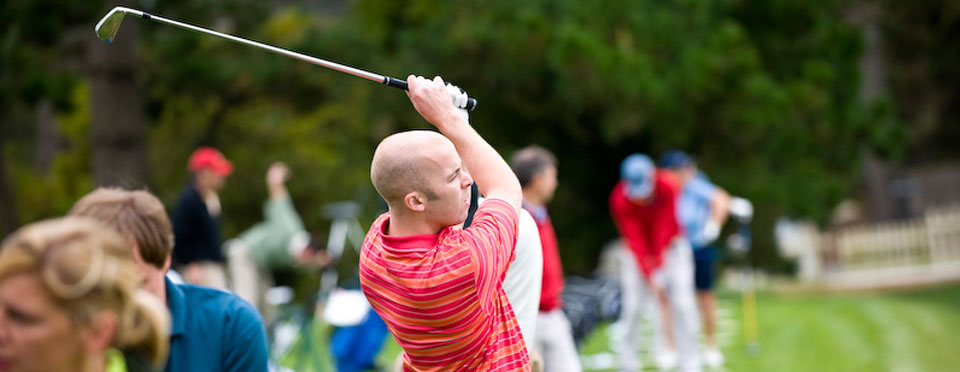 At the course where I teach, a gentleman comes out to practice everyday at 3PM. He stands in the same spot and hits the same iron, to the same target for the same amount of time everyday. How much better is this golfer going to get? Not much, if you believe that everything you have done in golf up to this moment has led you to be the golfer you currently are. This golfer has always had the same practice routine and it has led him to be the player he currently is. If he wants to get better he must upgrade the input in order to upgrade the output (results).
At the course where I teach, a gentleman comes out to practice everyday at 3PM. He stands in the same spot and hits the same iron, to the same target for the same amount of time everyday. How much better is this golfer going to get? Not much, if you believe that everything you have done in golf up to this moment has led you to be the golfer you currently are. This golfer has always had the same practice routine and it has led him to be the player he currently is. If he wants to get better he must upgrade the input in order to upgrade the output (results).
Today I wanted to map out how you can make the best use of your already limited practice time. With the objective being scoring, I have focused our 60 minute session on driving, wedges and putting. Now, I understand that not everybody has 60 minutes to practice or a facility to practice where you can work on the shortgame or putting, but fitting the general ideas from this article into what you have available to you will start to move the needle in a positive direction. I am also assuming that you have stretched and warmed up prior to starting the clock...
Spend the first 10 minutes working with a middle to short iron on any pertinent drills or feels you are trying to incorporate into your swing. You should be using an alignment aid and all shots should be directed towards one target.
The next 10 minutes should be spent hitting driver down various fairways you have created in your mind's eye (eg. between the red and blue flags). I recommend the 20 Ball Driver Drill where you try to hit as many balls as possible in play out of 20. Have a goal score in mind and try to write down what you score everytime you do this drill.
The Second 20 Minutes - Wedges and Shortgame
Spend the first 5 minutes in the sand. Take all your wedges and start with some shorter shots and work out to 30-40 yard shots. Make sure you even hit a few of those longer shots with your PW.
For the next 5 minutes I would practice chipping and bump and run type shots. Pour some balls out in close proximity to the green and starting with a 7 iron hit one shot to each of the holes on the green (4 or 5). Work this approach all the way through your most lofted wedge. The best part is that you have not hit the same shot twice - just like on the course.
In the final 10 minutes focus your attention on pitching. These shots could be from anywhere in the 20-90 yard range. As you hit these various shots do not hit the same shot more than twice in a row. Teach yourself to control the ball flight by changing clubs and rely on your feel more than anything. My favorite drill here is the Golf Ball Drill - it sounds strange, but all I do is hit a multitude of pitches to random golf balls lying out on the range. This way I am reacting to my target.
The Final 20 Minutes - Putting
You use the putter more than any other club in the bag and that's why it receives the most attention. I would like you to focus on two drills here - one that isolates shorter putts and another that encourages touch and feel.
The first drill is what I call the Jack Bauer Drill. Place tees 3 feet from the hole at N, S W and E and using three balls go around twice holing three putts from each point. You need to hole 24 (thus Jack Bauer!) consecutive putts in row. If this takes longer than 10 minutes quit and conquer it next time. Remember - practice is all about building confidence.
The second drill is called String and here you attempt to "string" together as many two putts from 40+ feet as possible. Compete with somebody if you can or simply try to establish your own personal best.
You can now head home knowing you have put in a solid hour of work on your game.
Additonal Resources:





